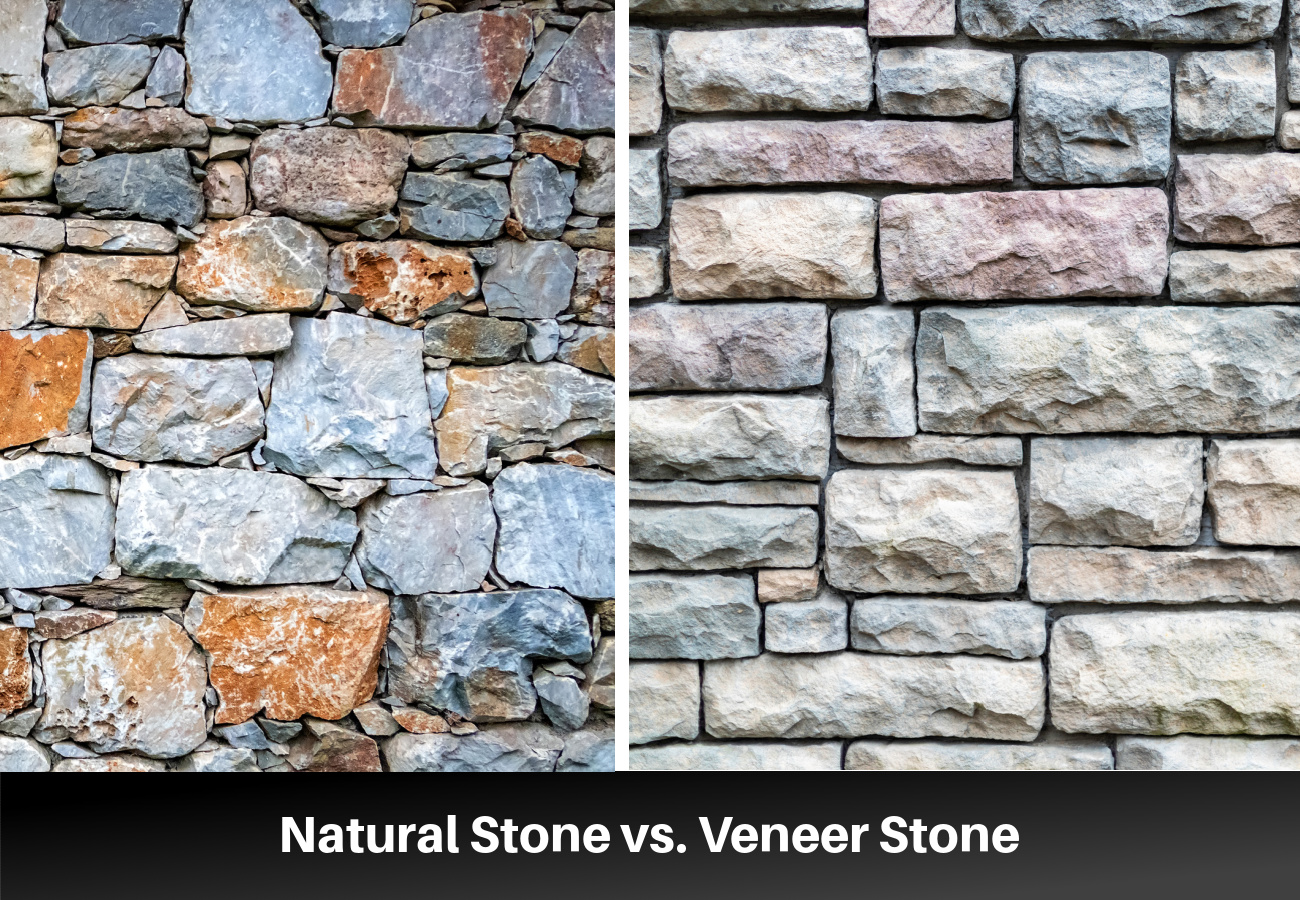Exploring the Beauty and Versatility of Cultured River Rock

Introduction:
In the realm of interior and exterior design, the use of natural elements has always held a special allure. Cultured river rock, a versatile and aesthetically pleasing material, has gained popularity in recent years for its ability to bring a touch of nature into various spaces. From accent walls to landscaping features, cultured river rock offers a unique blend of beauty and functionality. In this article, we will delve into the world of cultured river rock, exploring its origins, characteristics, and the diverse ways in which it can be incorporated into design projects.
Origins and Production Process:
Cultured river rock, also known as manufactured stone veneer, is a man-made product designed to mimic the appearance of natural stone, particularly the smooth, rounded shapes and earthy colors of river rocks. The production process involves casting a mixture of cement, aggregates, and pigments into molds that are designed to replicate the intricate textures and shapes of river rocks. Once the mixture has cured, the resulting cultured river rocks are carefully removed from the molds, creating a product that closely resembles the natural beauty of river stones.
Characteristics of Cultured River Rock:
Cultured river rock offers a wide range of characteristics that make it a desirable material for both interior and exterior applications. One of its key features is its versatility, as it can be used in various settings such as fireplaces, accent walls, exterior facades, and landscaping elements. The texture of cultured river rock is smooth and rounded, with a natural appearance that adds visual interest to any space. Additionally, the color options available for cultured river rock are extensive, ranging from earthy tones like browns and grays to more vibrant hues like reds and greens.
Benefits of Cultured River Rock:
There are several benefits to using cultured river rock in design projects. One of the primary advantages is its cost-effectiveness compared to natural stone, making it a more budget-friendly option for homeowners and designers. Ledge stone for high-impact interiors is also lightweight, which simplifies the installation process and reduces the need for heavy-duty structural support. Furthermore, the consistent sizing and shape of cultured river rock pieces make them easier to work with, allowing for more precise and efficient installations.
Applications of Cultured River Rock:
The versatility of cultured river rock lends itself to a wide range of applications in interior and exterior design. In indoor spaces, cultured river rock can be used to create accent walls in living rooms, bedrooms, or entryways, adding a touch of natural beauty and texture to the room. Fireplaces are another popular application for cultured river rock, providing a rustic and cozy focal point in any living space. In outdoor settings, cultured river rock can be used to create stunning landscaping features such as garden pathways, retaining walls, and water features, enhancing the overall aesthetic of the outdoor environment.

Design Ideas and Inspiration:
When incorporating cultured river rock into design projects, the possibilities are truly endless. For a modern and sleek look, consider using cultured river rock in a monochromatic color scheme to create a minimalist accent wall in a living room or dining area. To add warmth and texture to a space, mix different shades of cultured river rock to create a dynamic feature wall in a bedroom or home office. For outdoor applications, use cultured river rock to create a custom-built fire pit or seating area in a backyard, perfect for entertaining guests or relaxing on cool evenings.
Maintenance and Care:
Cultured river rock is a durable and low-maintenance material that requires minimal care to retain its beauty over time. Regular cleaning with a gentle detergent and water solution is typically all that is needed to keep cultured river rock looking its best. Avoid using harsh chemicals or abrasive cleaners, as these can damage the surface of the material. Additionally, it is important to inspect cultured river rock installations periodically for signs of wear or damage, and address any issues promptly to prevent further deterioration.
Conclusion:
Cultured river rock is a versatile and visually appealing material that offers a wide range of design possibilities for both indoor and outdoor spaces. With its natural appearance, smooth texture, and vibrant color options, cultured river rock can enhance the aesthetic appeal of any environment. Whether used to create accent walls, fireplaces, landscaping features, or other design elements, cultured river rock adds a touch of nature and sophistication to any project. By understanding the origins, characteristics, benefits, applications, and maintenance requirements of cultured river rock, designers and homeowners can unlock the full potential of this unique and versatile material in their design endeavors.
